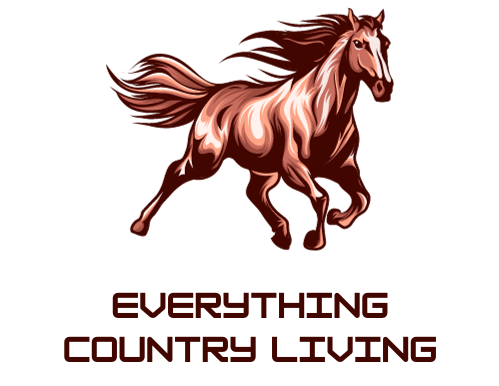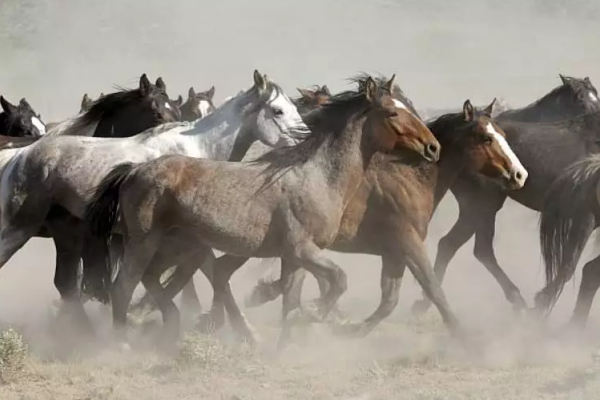
Unbridling the Spirit of the American West: Exploring the Majestic World of the Spanish Mustang Horse
Learn all about the Spanish Mustang here

In the heart of North America, where vast landscapes stretch beneath expansive skies, a living symbol of untamed spirit and resilience gallops across the open plains—the Mustang horse.
Descendants of the first explorers and their horses that journeyed with Spanish conquistadors centuries ago, Mustangs are not merely horses; they are living embodiments of freedom, adaptability, and the enduring connection between humanity and the wild.
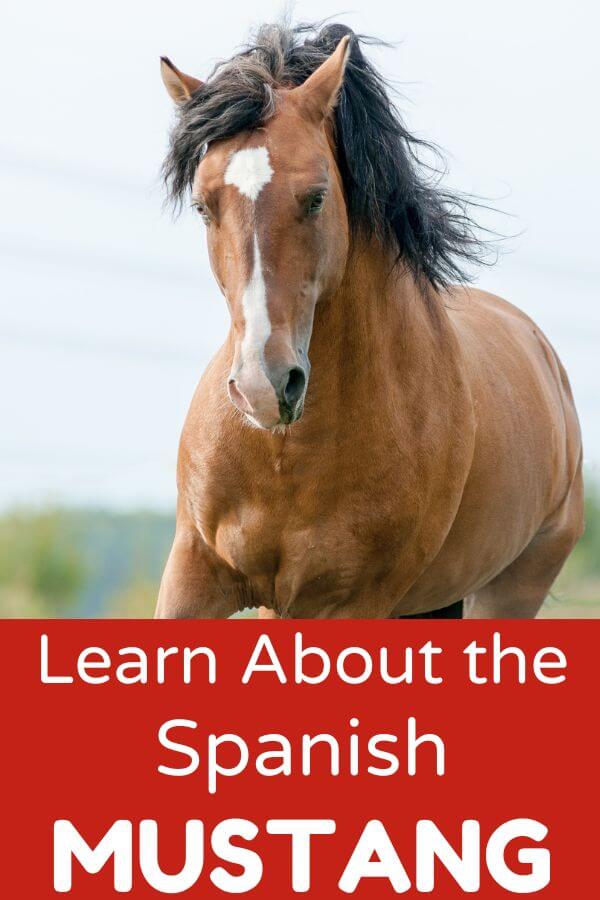
These special horses have captivated the general public and remain an important part of the New World’s history. Let’s take a look at this amazing animal, the Mustang.
I have put together a list of 10 of the most interesting facts you should know about the Mustang breed.
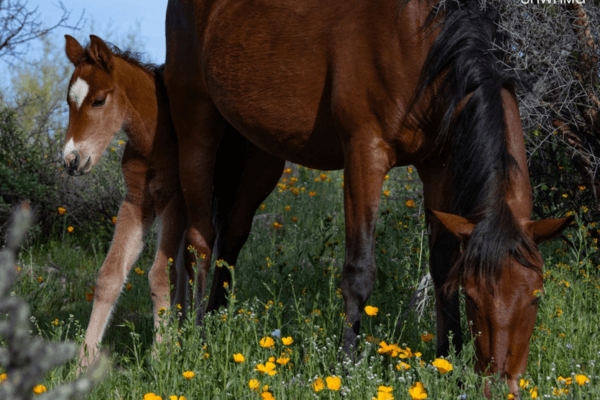
The Mustang horse is highly adaptable to different climates, from arid deserts to mountainous regions
Mustang horses are found in 10 American states: Arizona, California, Colorado, Idaho, Montana, Nevada, New Mexico, Oregon, Utah, and Wyoming, as well as three provinces of Canada: British Columbia, Alberta, and Saskatchewan. These horses have thrived across North America and can often be found on semi-arid grasslands. Their existence today is a testament to their remarkable resilience.
Photo courtesy of habitatforhorses.org
Mustangs are always on the go
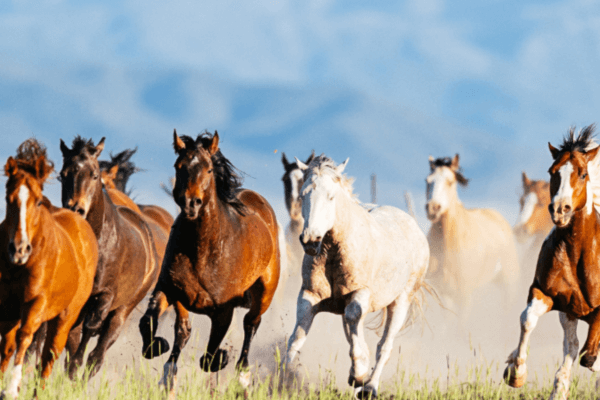
The size of their roaming grounds depends on how much food, water, and shelter is available. Unlike cows and sheep that stay near water, wild horses keep moving. This constant movement helps them survive in the wild, finding what they need to live in the vast and sometimes tough landscapes of the West. It’s a way of life that’s been passed down through many generations, showcasing how these horses are experts in surviving in their wild homes.
Versatile Athletes:
Mustang horses have been trained in various equestrian disciplines.
Domesticated Mustangs have proven to be extremely versatile and are used for everything from reining and barrel racing to endurance and even show jumping. One of the most famous Mustang events is the Extreme Mustang Makeover, where trainers compete to see who can train a wild Mustang to the highest level in just 100 days. For many, training Mustangs is a life’s work, a commitment to preserving their legacy.
Distinctive Breeds:
There are specific breeds of Mustangs, like the Colonial Spanish Horses, Spanish Mustang, or Kiger Mustang, each with its own distinctive characteristics. These breeds represent a living link to the first explorers who brought these horses to the New World.
Spanish Mustangs are Colorful Characters:

Mustangs come in a variety of colors, including bay, black, chestnut, and gray, adding to the visual appeal of their herds. Their striking appearance often captivates those who have the chance to observe them in their natural habitat.
The Mustang horse as a Freedom Symbol:
You have probably seen Spanish Mustangs in numerous movies and books. Hidalgo, The Man from Snowy River, Spirit, Flicka, and The Horse Whisperer are some of my favorite movies that feature Mustangs. They symbolize the spirit of freedom and the Wild West, embodying the essence of the American frontier.
Quarter Horses were bred from Mustangs:
Mustangs were crossbred with thoroughbreds to create a new breed—the American Quarter Horse. Quarter Horses became the most popular and versatile Western riding horse, beloved by many for their speed and agility.
Mustangs have unique characteristics:
Some Mustangs display a unique ambling gait, known as the “Indian Shuffle.” Additionally, Mustangs have a unique dental structure that allows them to graze efficiently, contributing to their adaptability. Their eyes are set further on the sides of their heads than in other breeds, giving them a wide field of vision—an advantage in the wild.
Spanish Mustangs are available for adoption:
Thanks to the American Mustang and Burro Association, Mustangs are being given good homes. The organization has been involved in promoting Mustang adoption programs, finding suitable homes for wild Mustangs, and ensuring they don’t become overpopulated. There is a small adoption fee, which helps cover the expenses incurred during the capture, care, and preparation of the Mustangs, including health certificates necessary for transport across state lines, like North Carolina.
Wild Spanish Mustang Population:
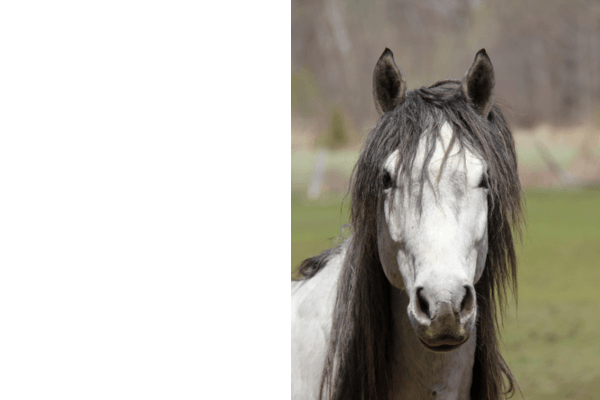
There are approximately 50,000 Mustang horses in the Western United States. Most are found on private land, sanctuaries, and reservations. In Canada, there are approximately 2,000 wild horses roaming free. These populations are maintained by a handful of dedicated breeders who have made it their life’s work to preserve these horses’ legacy.
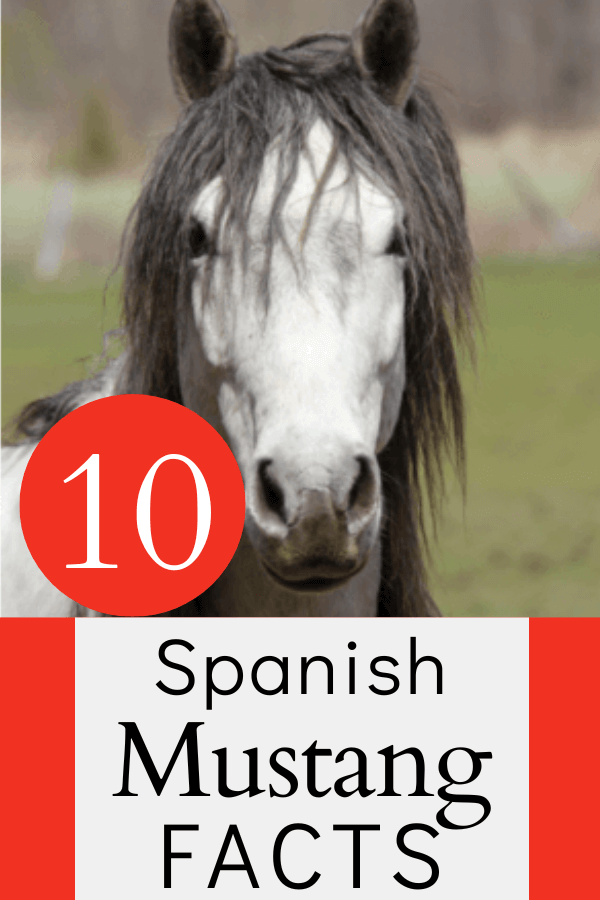
What was your favorite fact about Mustangs? Do you have a favorite movie or book starring a Mustang horse? Let me know in the comments!
Other posts you may like:
Gypsy Vanner Horses – 17 Unbelievable Facts About this Beautiful Breed
120 Unique Spanish Horse Names for Mares and Geldings
First Time Horse Owner – Ultimate Guide to Buying a Horse
